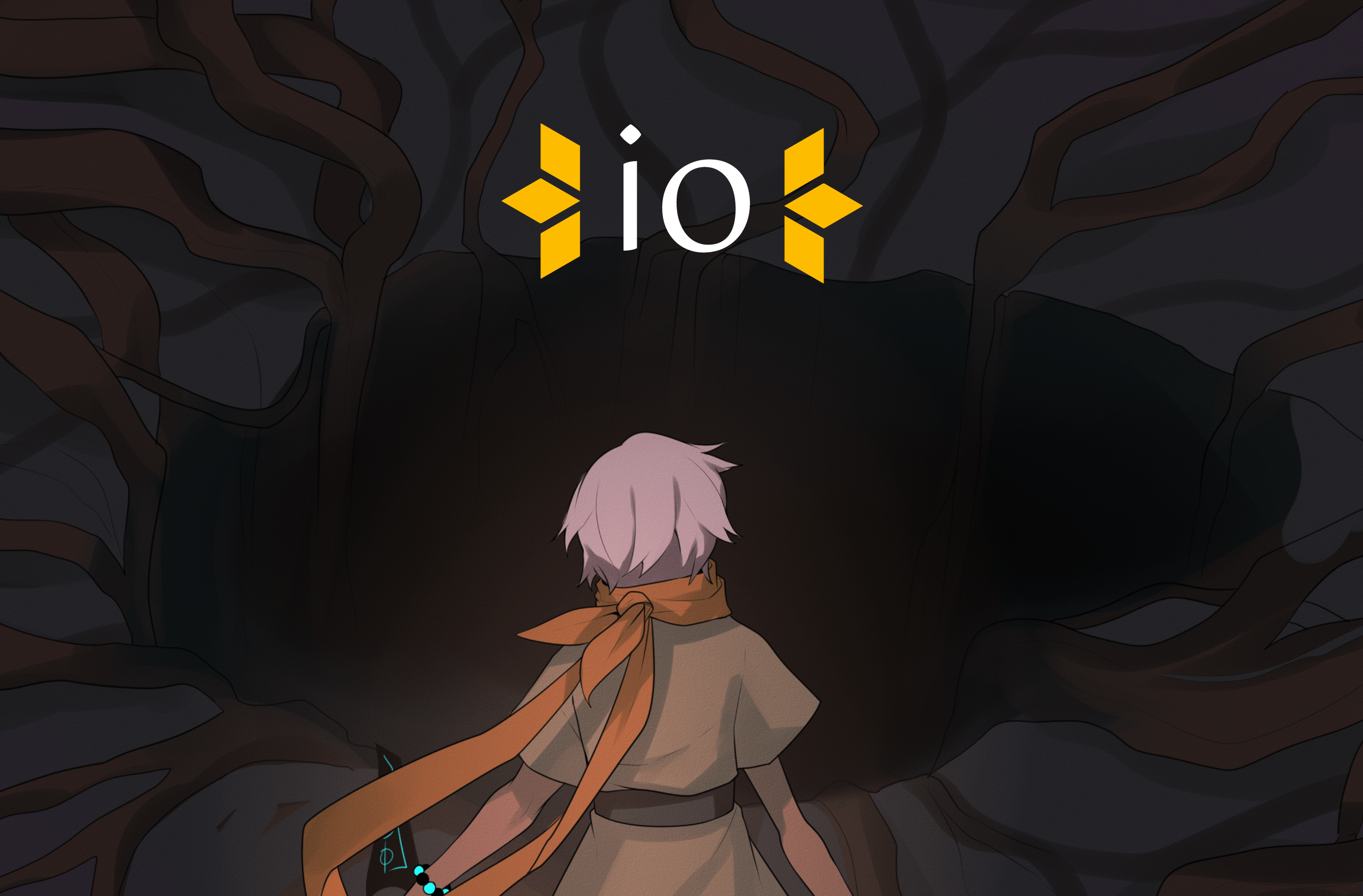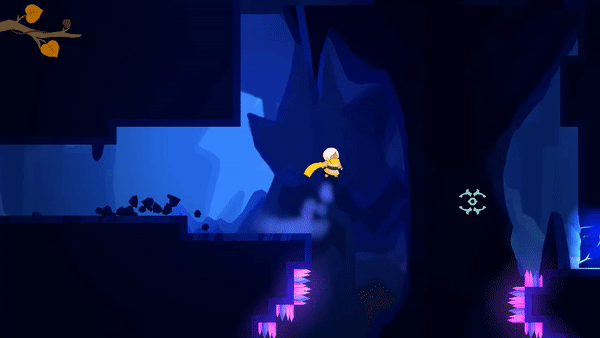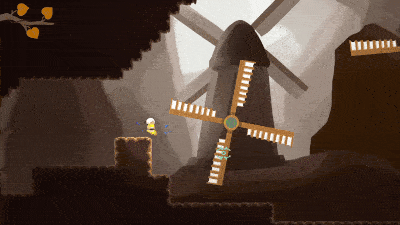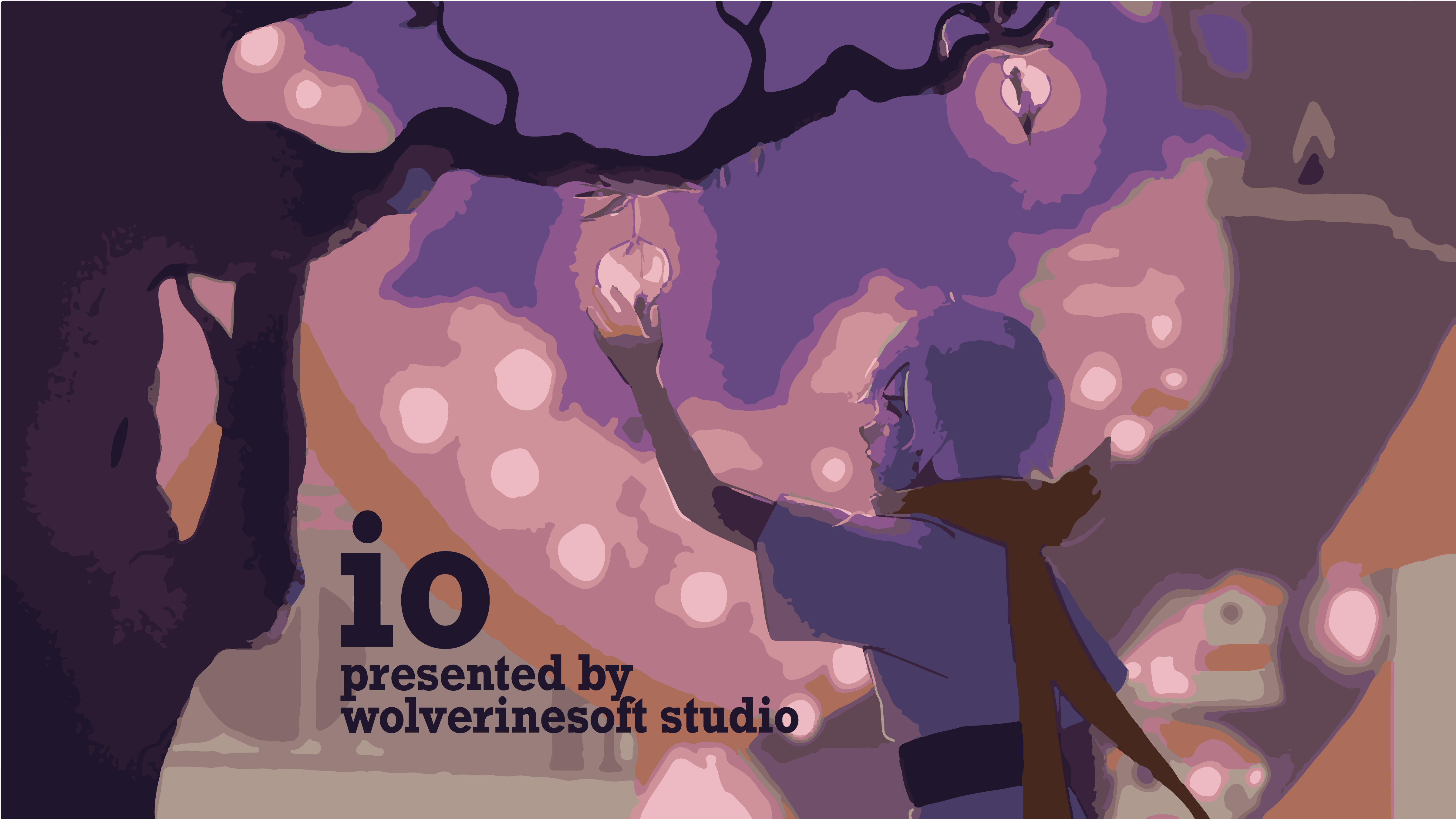CONTRIBUTIONS
My major contribution to this project was the implementaiton of the ScriptableObject that stored the data of an
indiviual type of boss attack, and the tool that allowed developers to easily create their own attack without
touching code, through the Unity Inspector and Scene Editor. The boss system was initially divided into 3 parts,
the State Machine, which controlled the behavior of the boss, the BossAttackScriptableObject, which stored the
properties of the attack, such as the animations, and coordinates for the projectiles, and the Projectile prefab,
which was the individual projectiles that would be instantiated by the BossAttackScriptableObject, which was in
turn called on by the State Machine. The ScriptableObject stores a list of possible projectile prefabs, and
coordinates and rotation, and prefab type for each projectile that is instantiated, and the animation that the
boss will go through. The ScriptableObject itself has an Attack() function that instantiates all the selected
prefabs, at the stored coordinates and rotations. I utilized a CustomEditor script to create the Editor interface
from scratch. There is a empty ObjectField where a designer can drag in prefabs that will used in the attack, which
are added to an internal List. A dropdown field of all the stored prefabs is underneath it, allowing each prefab
to be removed from the list. Underneath that, is IntField to decide the number of projectiles that will be
instantiated, and fields for the type of prefab, coordinates, and rotation of each projectile are automatically
added or removed underneath this as the number of projectiles are changed. Up until this point was fairly simple,
albeit time consuming to implement. The difficult part was the creation of a tool that allows the designers to
easily create their own attacks. The method I used was having a Gizmo be rendered at the location of each projectile,
and handles on the Gizmo that allow the coordinates and rotation to be changed by clicking and dragging on them, without
having to input exact numbers in the Editor. However, I encountered many difficulties.
Unlike almost any kind of Object class in Unity, Gizmos do not have a Transform component, and their global location and
rotation are stored in a Matrix4x4 format using Quaternions. Converting to and fro from Matrix4x4 to Vector3 is
extremely tedious, but it is possible by creating a new one of either, and using Unity's conversion functions.
The big problem was making the location and rotation of the Gizmo correspond to the transform data stored in the
ScriptableObject when it is stored. I ended up using a very obtuse system that involves multiple conversions between
data types, and how I did this and why I did so can be found in the Dev Blog for Io, linked below.
Another big problem that occured later was a bug that caused the data stored in the ScriptableObject to randomly be reset.
After extensive research, I discovered that this was because, unlike any changes made to an Object that is in the currently
open scene, a ScriptableObject is not automatically checked for changes, and is only checked in specific circumstances,
such as the object itself being exited, or a save not having occured for a long time. So, any changes made in the Editor
would not be saved to disk on ctrl+s, resulting in them reset whenever Unity was closed and opened again. This was fixed
by manually marking any changes as dirty in the CustomEditor script.



